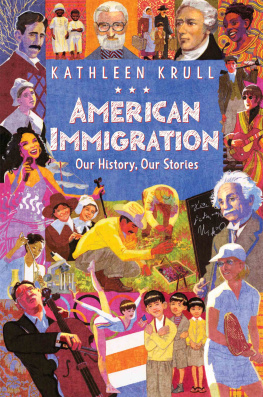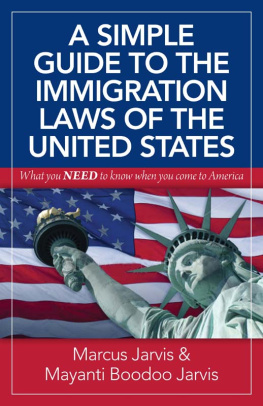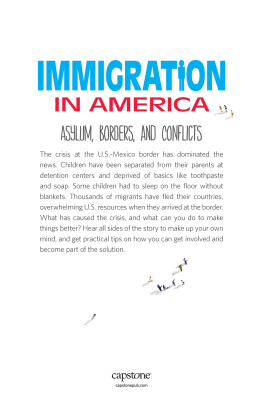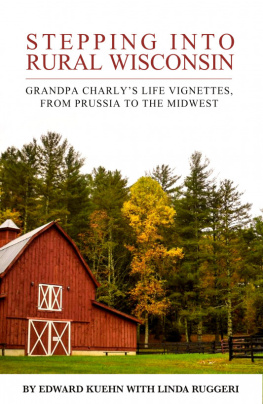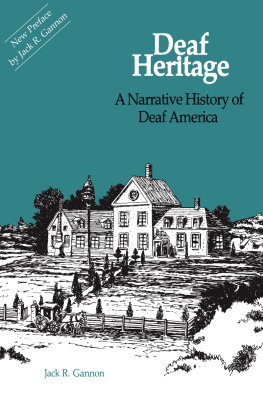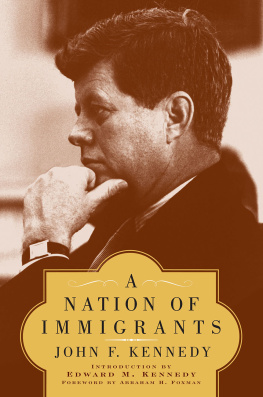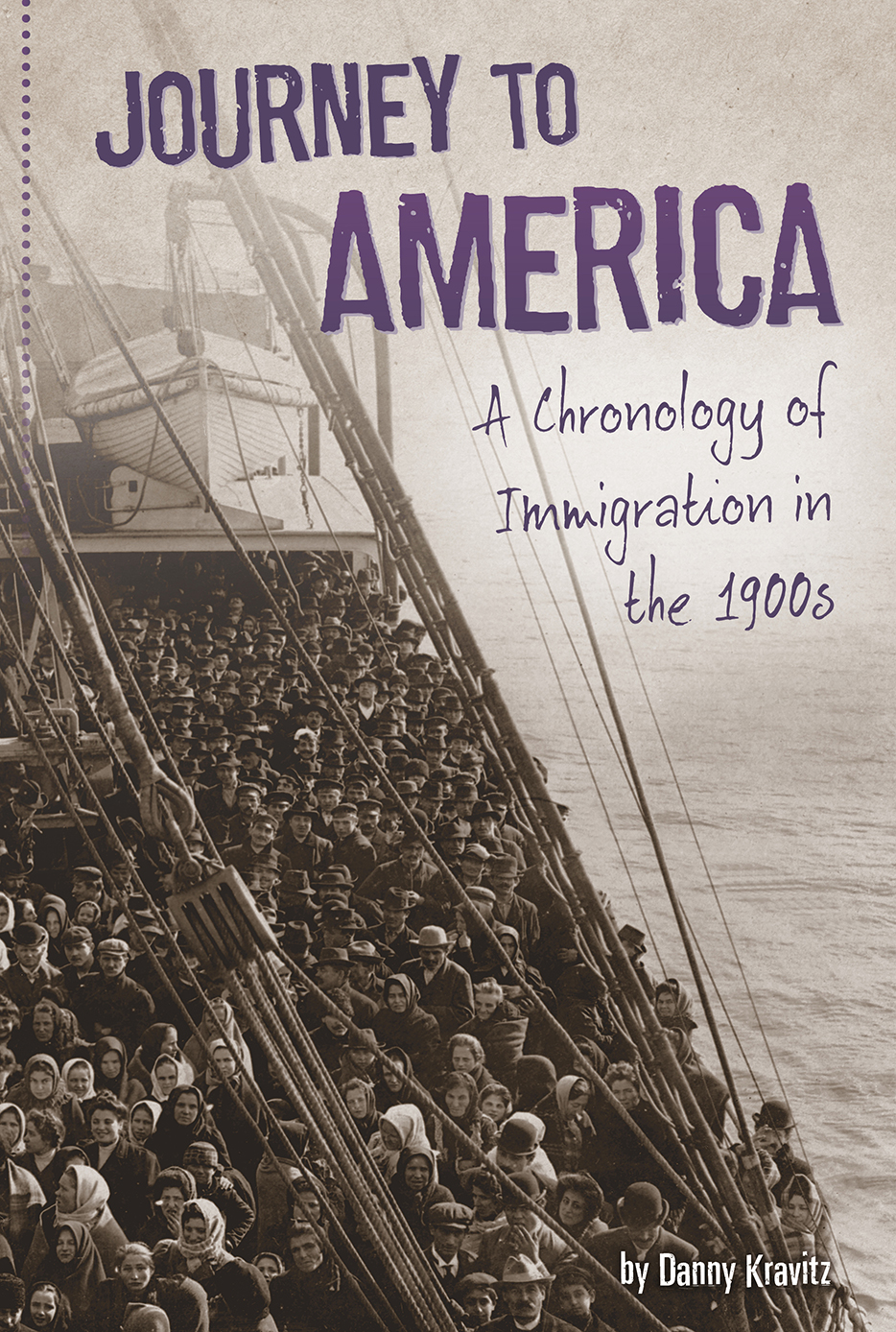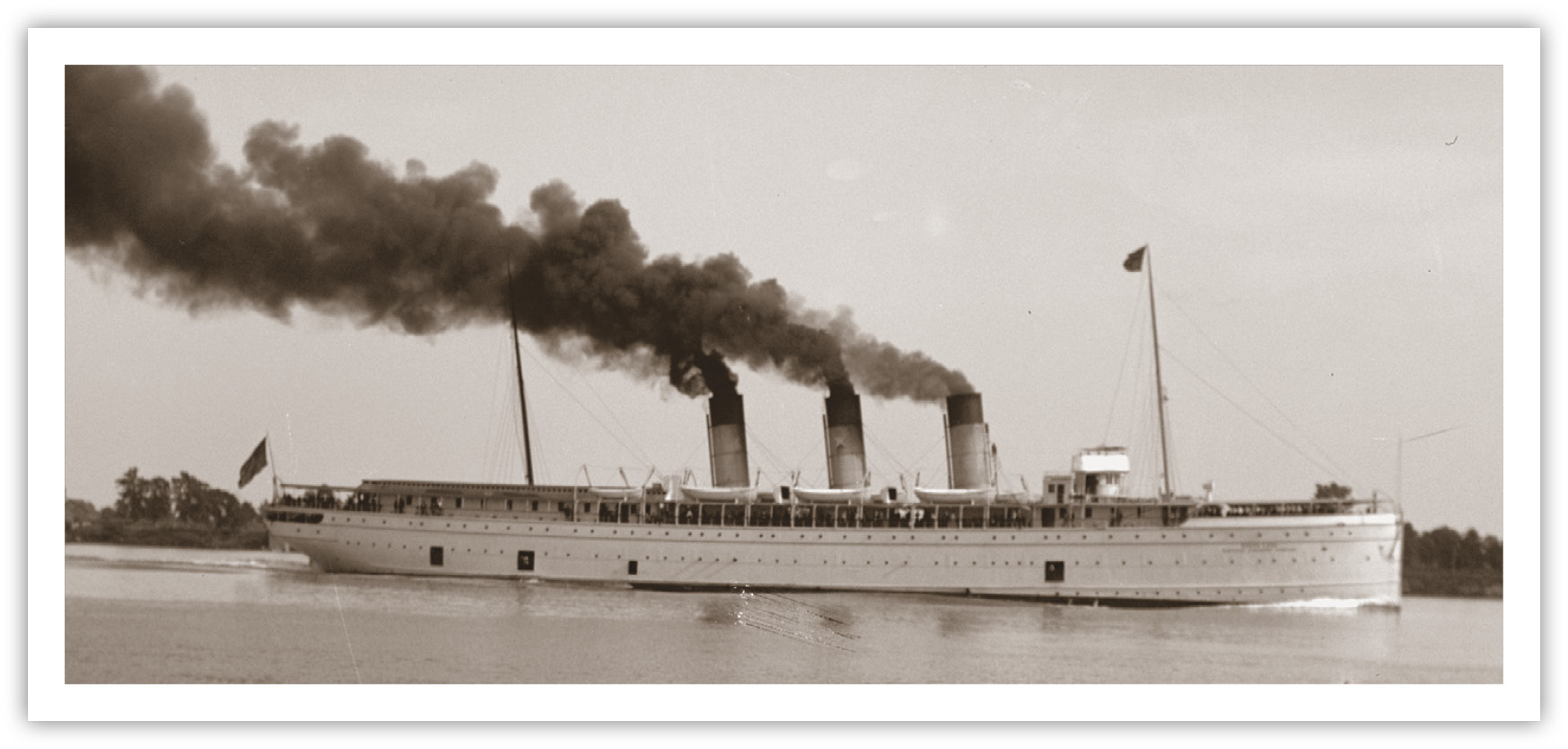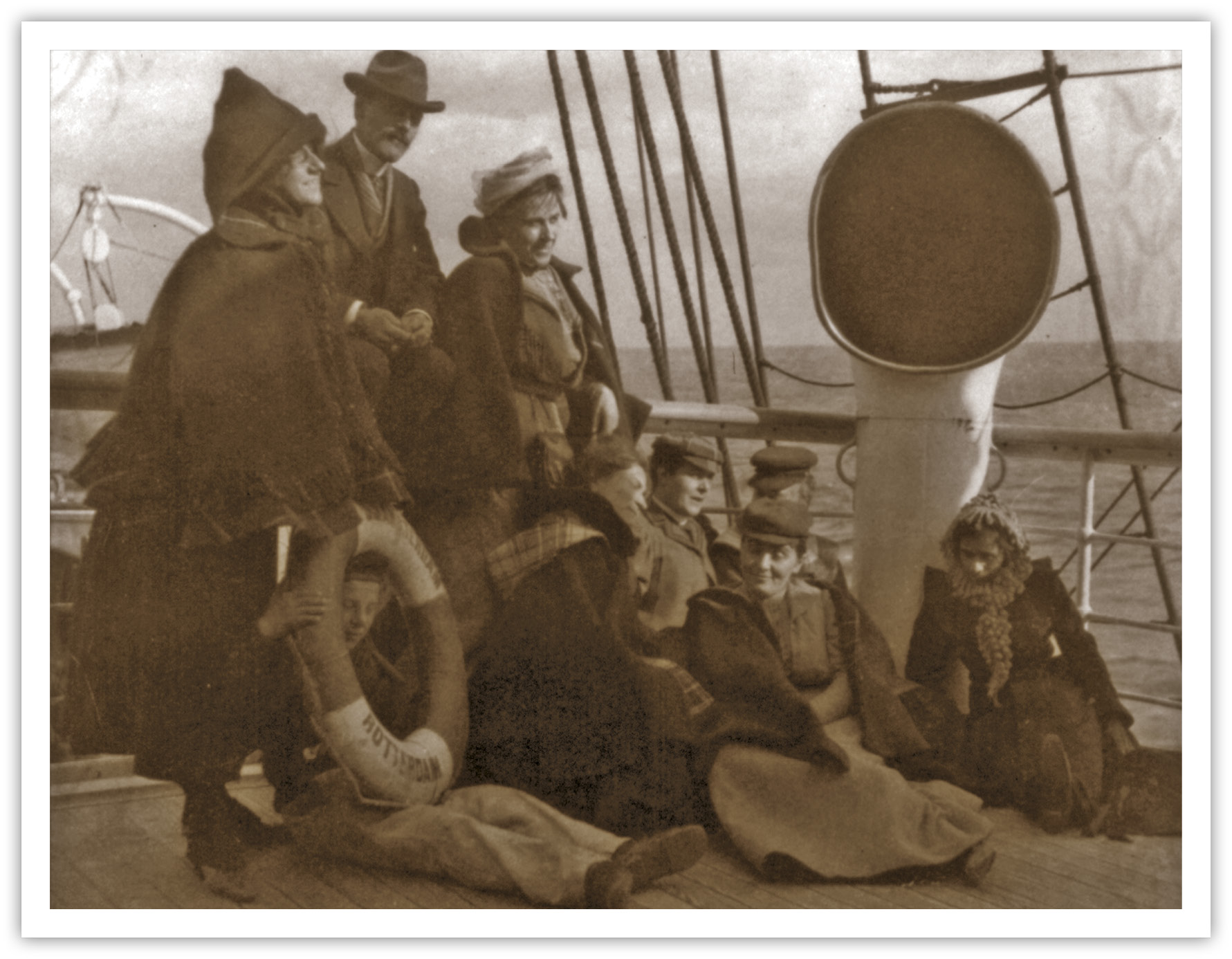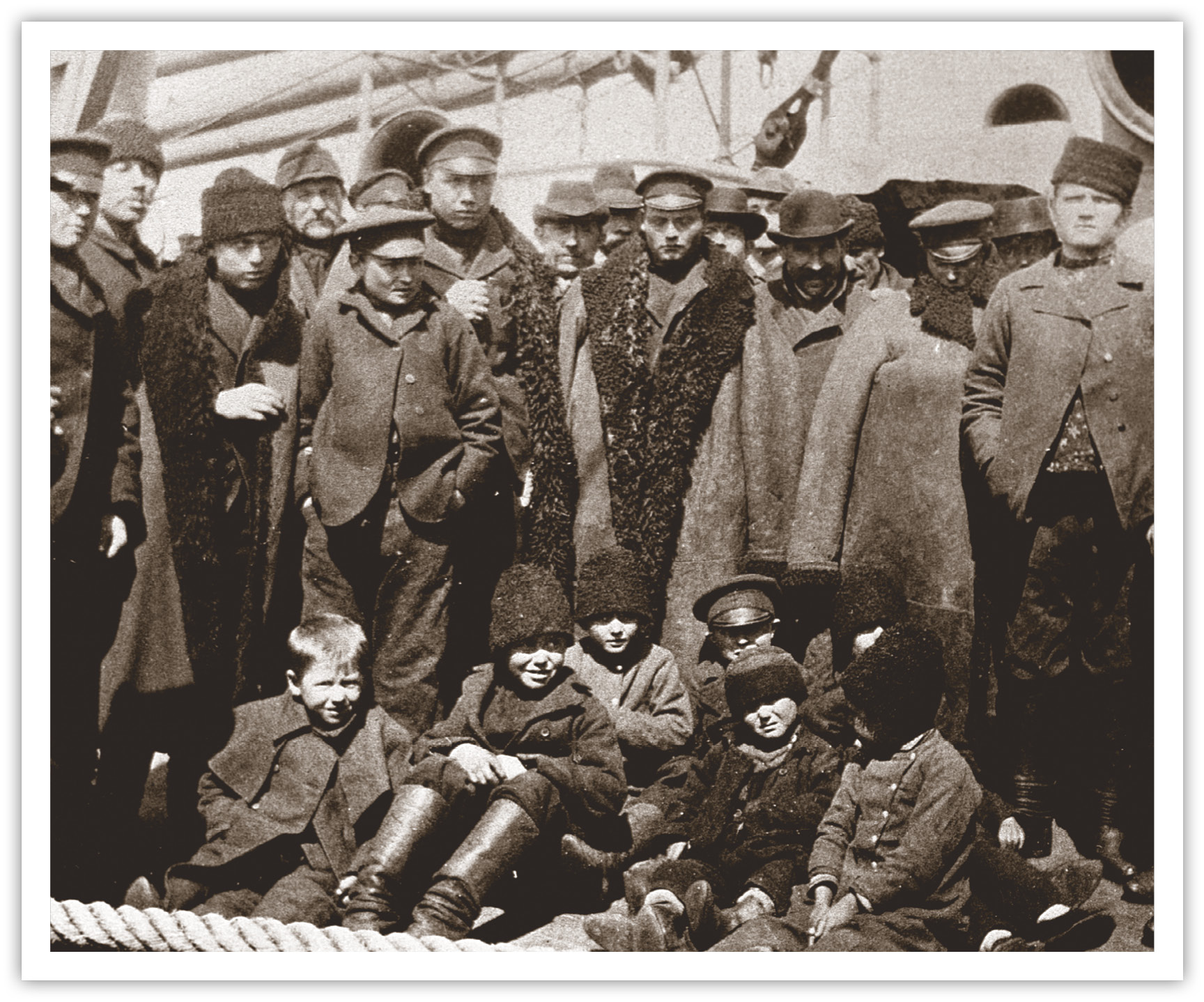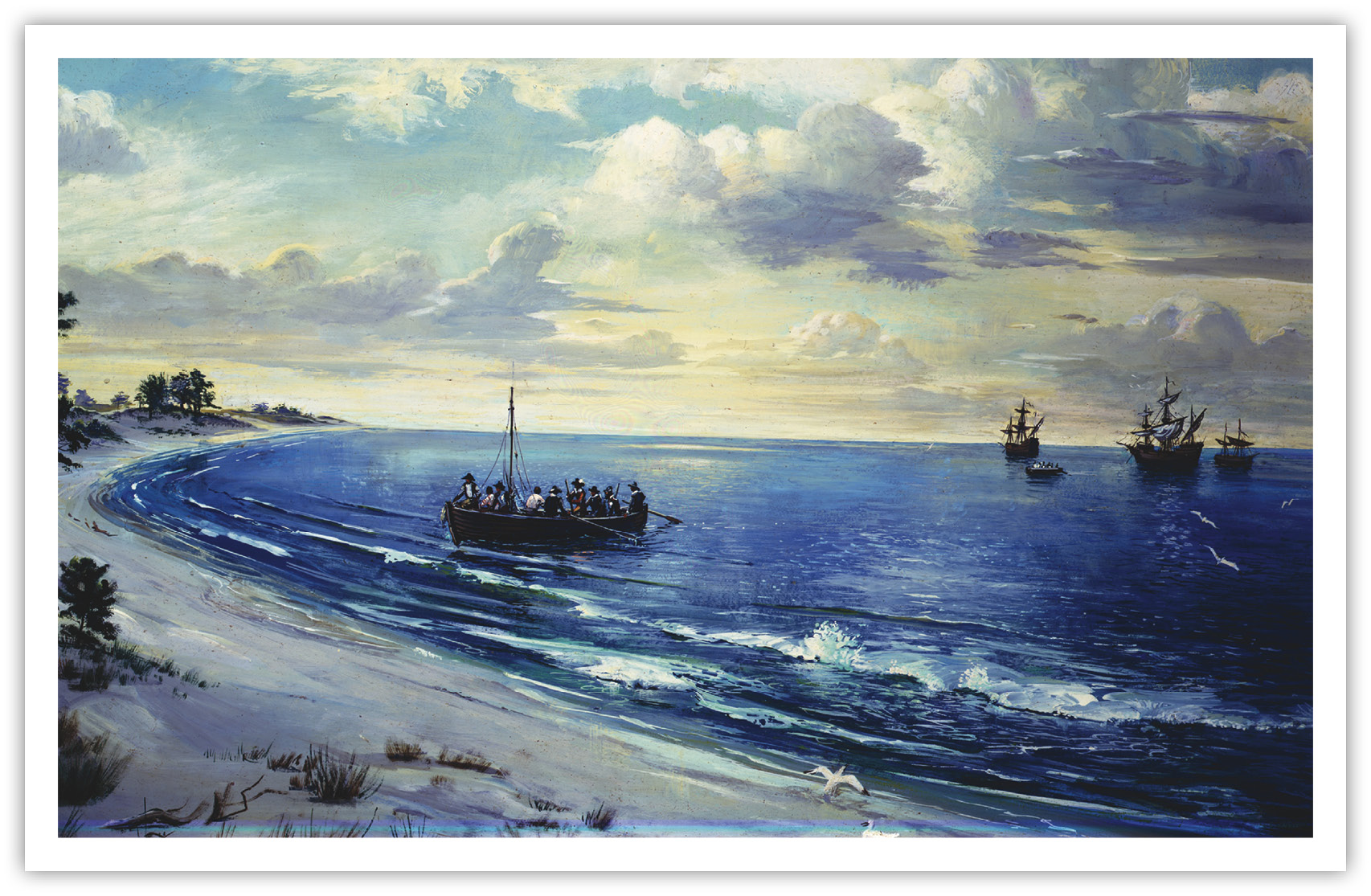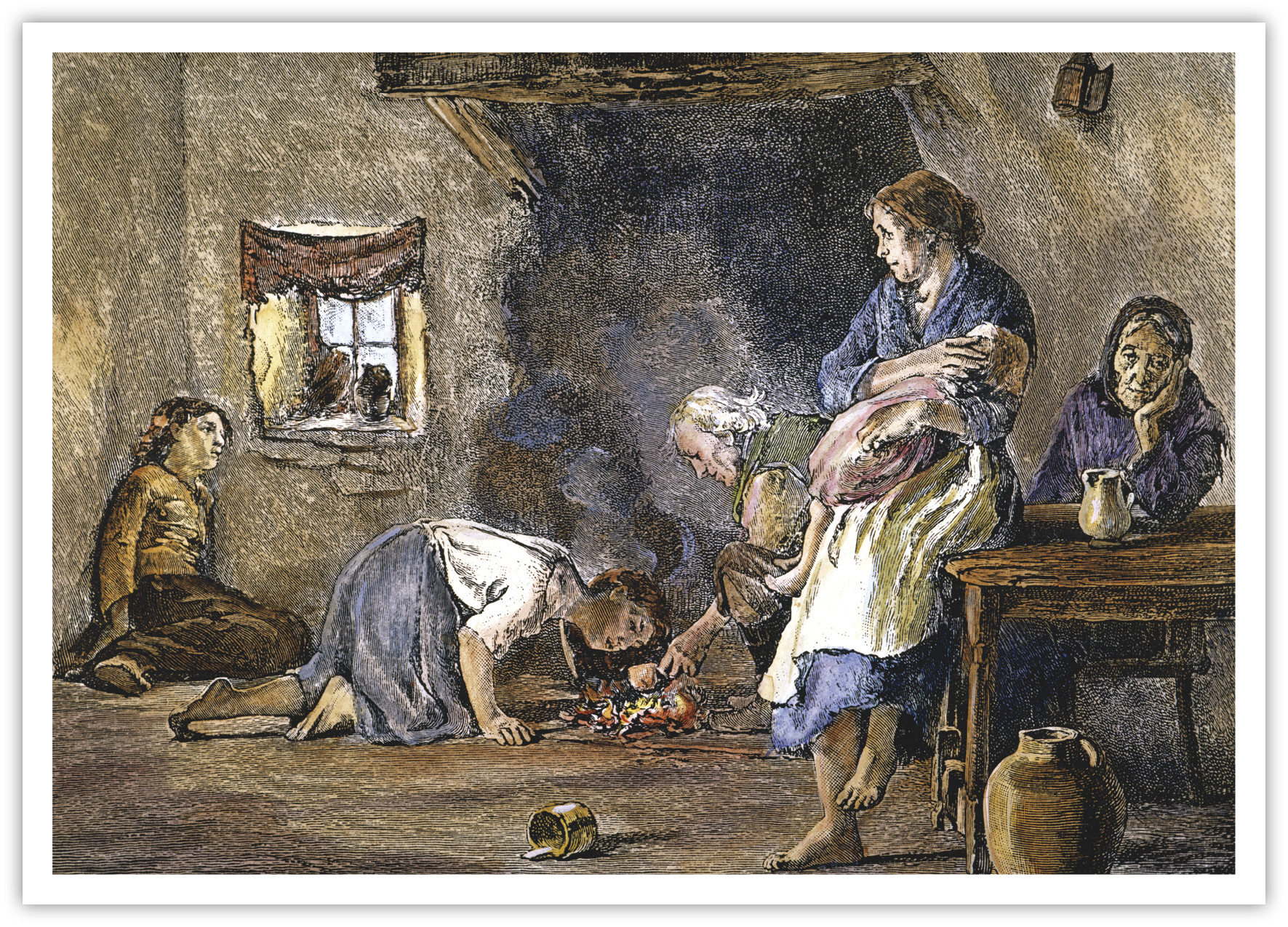Chapter One
TO AMERICA
Two young European immigrants stood on the front deck of a steamship, crossing the Atlantic Ocean. Their family had saved up for months to buy them the tickets for their journey. As they looked out over the dark blue water, the sun glistened off the waves. Soon they would arrive in the United States to start a new life. They hoped their lives in America would be better than the ones they left behind.
By the early 1900s, most immigrants came to the United States on steamships.
That desire for a better life is what drove immigration in the early 1900s. People from Europe, Asia, and other parts of the world saved their hard-earned money to purchase tickets to come to America. Many boarded ships with almost nothing in their wallets. They left behind friends, relatives, and neighbors. Some would never see them again. The journey across the ocean was long and scary. They could only hope the risks would be worth it.
Many immigrant families came to the United States looking for a fresh start and new opportunities.
Waves of Immigrants
Millions of people came to the United States in the late 1800s and early 1900s, seeking a new start. America had always been seen as the land of opportunity. Some immigrants came to find land to , or cruel governments. And some even came for the adventure a new country offered.
Most immigrants, such as these Russian and Polish immigrants, traveled in the third-class section of the ship known as steerage.
FACT: The United States has often been referred to as a melting pot. The countrys population is made up of people from different countries, and theyve all added their flavors to American culture, while still staying distinctive.
Periods of immigration are called waves. Like a big wave, the number of people who came to the United States rose up then quieted down again. Around the beginning of the 1900s, the United States experienced the greatest wave of immigration the world has ever seen. But that wasnt the first wave, and it wouldnt be the last.
AMERICAN INDIANS
of America came at a great price to the Indians. As more people moved in, Indians were pushed off their lands. In 1622 the Powhatan Confederacy nearly wiped out the Jamestown colony to protect their land and way of life. But that solved nothing. Anger and confrontation between immigrant Europeans and Indians only grew as the colonies became the United States. By the 1850s almost all American Indian tribes had been forced onto reservations.
Chapter Two
THE FIRST WAVES OF IMMIGRATION
To understand how dramatic immigration in the late 1800s and early 1900s was, it helps to look at previous immigration. The first wave of immigrants ventured to the shores of North America in the late 1500s. At this time European countries such as France, Spain, Holland, and England sent settlers to colonize American territories. In 1607 England founded its first successful community in the Virginia colony. By 1700 nearly 300,000 Europeans were settled in America.
This first wave of immigration peaked around the time of the American Revolution (17751783). People from Scotland, Ireland, France, Spain, and Germany flowed into the colonies. After the Revolution, the colonies became the United States of America. Immigrants continued to come to this new country.
SLAVERY IN THE UNITED STATES
The largest group of immigrants to come to America during the first wave was actually slaves from Africa. Slave traders captured men and women in Africa. Then they shipped them to the colonies and forced them into slavery. By 1760 almost 300,000 slaves lived in America. In 1808 Congress made it illegal to bring any more slaves to the states. But by that point, more than 500,000 African people had been forced to come.
Here Comes Another Wave
From 1820 to 1860 another wave of immigration brought more than 7 million people to the United States. These immigrants came mostly from the same European countries as the first wave. Many of these immigrants journeyed to America to escape poverty and famine.
Around 1845 the majority of immigrants coming into America were began to destroy this important food source. People were starving. Within five years about 1 million Irish people died. Facing starvation, thousands of them left their homes for the United States.
Most of these Irish immigrants had little money when they reached America. Many settled down in cities along the East Coast. A majority of Irish immigrants landed in Boston and stayed. By 1850, 35,000 of Bostons 136,000 residents were Irish immigrants.
Many Irish immigrants fled extreme poverty in Ireland for a chance at a better life in America.
Most Irish were met with hatred when they arrived in the United States. These immigrants were often poor and unskilled. Many American-born people worried the Irish would work for less money and take jobs away from them. Many also feared the Irish would try to push their Catholic religious beliefs on them. Most Irish immigrants had to take jobs that no one else wanted, such as building bridges, roads, and canals.



